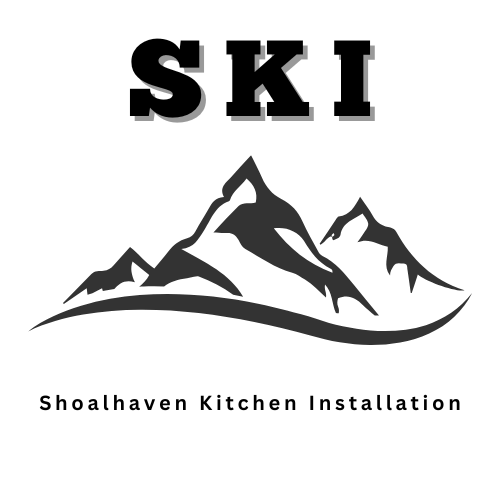Introduction
When renovating your kitchen, choosing between big-box flat-pack options like IKEA and Kaboodle or a custom-made kitchen can be overwhelming. As accredited installers for IKEA, Kaboodle, and for custom made kitchens, we’ve seen the pros and cons of each firsthand. In this guide, we’ll break down the key differences to help you make an informed decision.
1. Price & Affordability
-
IKEA & Kaboodle: Generally more affordable than custom kitchens, with pre-designed modular units that keep costs down.
-
Custom-Made: A slightly higher investment but offers premium quality, tailored design, and long-term durability.
💡 Flat-pack is great for budget-conscious renovators, while custom kitchens are an investment in quality.
2. Quality & Durability
IKEA
✅ A whopping 25-year guarantee, giving peace of mind.
✅ High-quality Blum hardware, soft-close hinges, and durable cabinet finishes.
❌ A lot more components, making them trickier to install.
❌ Some people find the rail-fixing system tricky and more time-consuming.(we have work a around)
Kaboodle
✅ 5-year guarantee, still decent for budget-friendly kitchens.
✅ Wide choice of colors and finishes.
✅ Abundance of stores makes it easy to access.
✅ Cut-to-measure options, allowing greater flexibility.
❌ Cheaper hardware (though an upgrade to Hettich is available).
❌ Thermolaminated doors—they do the job they have other great options
Custom-Made
✅ Uses Australian-made board, ensuring higher quality and precision.
✅ Premium Blum hardware as standard.
✅ Built for longevity, with flexibility in materials and finishes.
💡 If longevity and quality are top priorities, custom kitchens are hard to beat.
3. Design Flexibility & Space Optimization
-
IKEA: Known for innovative use of space with smart storage solutions. However, limited customization options.
-
Kaboodle: Offers a good range of sizes and colors, and cut-to-measure options provide greater flexibility.
-
Custom-Made: Unlimited design flexibility, tailored to your space, style, and needs.
💡 Flat-pack works well for standard kitchens, while custom is best for unique spaces.
4. Installation & Ease of Assembly
-
IKEA: More time-consuming to install due to its rail-fixing system and large number of components.
-
Kaboodle: Easier to install than IKEA, with more traditional cabinetry assembly methods.
-
Custom-Made: Typically installed by professionals, ensuring a seamless, high-quality finish.
💡 Flat-pack kitchens require patience or professional installation, while custom-made ensures precision from the start.
5. Customer Service & Support
-
IKEA & Kaboodle: Some customers report frustrations with customer service and communication.
-
Custom Kitchens: Typically offer a more personalized experience, working closely with designers and installers.
💡 If customer support is important to you, a custom kitchen may provide a smoother experience.
Final Verdict: Which One Should You Choose?
Comparison Summary
-
Price: IKEA and Kaboodle are budget-friendly, while custom-made is a slightly higher investment.
-
Quality: IKEA offers good quality with Blum hardware; Kaboodle is decent with upgrade options; custom-made provides premium quality.
-
Customization: IKEA has limited customization, Kaboodle offers cut-to-measure with some flexibility, and custom-made is fully customizable.
-
Installation: IKEA is more time-consuming, Kaboodle is easier, and custom-made is professionally installed.
-
Customer Service: IKEA and Kaboodle can have inconsistent support, while custom kitchens offer personalized service.
Final Thoughts
We can happily recommend any of these options and proudly install all three. If you're after an affordable, stylish, and functional kitchen, IKEA or Kaboodle are solid choices. If you want high-end quality, durability, and complete design freedom, custom kitchens are worth the investment.
Want expert advice on your kitchen renovation? Contact us today for a consultation!

